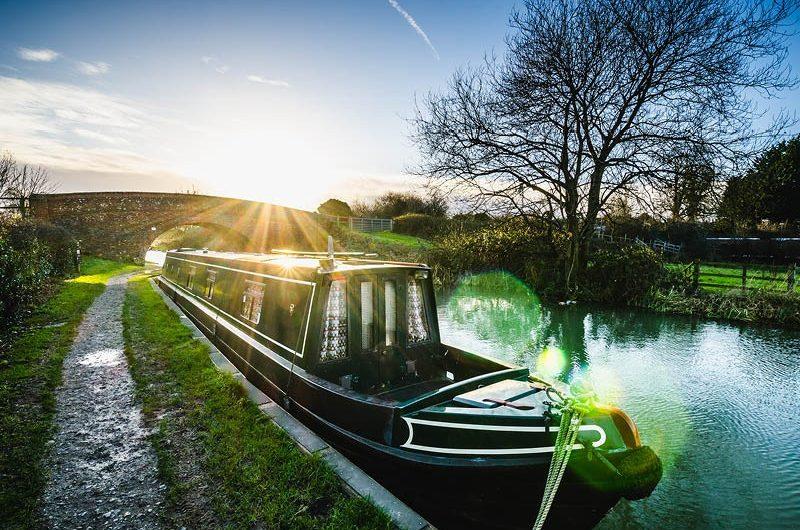Kennet and Avon Canal walk
Follow the historic canal that helped link London to Bristol at the height of the industrial revolution, passing through some awesome countryside.
Duration: 3 hours
Start at Newbury station
Highlights: Horse-drawn barges, rolling countryside and wartime heritage
Completed in 1810, the Kennet and Avon Canal links London to Bristol via the River Thames and River Avon. It was heralded as a major commercial innovation, carrying tin, copper, coal, tea and salt, but within 30 years was superseded by the even more visionary Great Western Railway.
Today, the towpath, where horses once hauled barges, is a splendid walk into the past, with train stations conveniently located for many easy day walks.
The canal runs through the middle of Newbury, Berkshire and the tree-lined towpath follows the canal in both directions, but the walk west to Kintbury is the most attractive.
Swing bridges, locks and beautifully crafted 18th-century brick bridges provide plenty of interest, while breaks in the treeline showcase the rolling countryside of the Kennet Valley.
Walkers are only ever a few feet from passing narrow boats and the occasional horse-drawn barge. Although weirs and sluice gates tip high water into the nearby River Kennet, the canal water is slow-moving, with plenty of fish, indicating a healthy environment.
Every half-mile there is an overgrown pillbox left over from WWII. After the evacuation of Dunkirk in 1940, General Sir Edmund Ironside envisaged the canal as a potential defensive battle location in the event of an attack.
At Kintbury there’s the option to carry on to Hungerford or to stop for refreshment at The Dundas Arms, which is conveniently located next to the canal and Kintbury Station.
